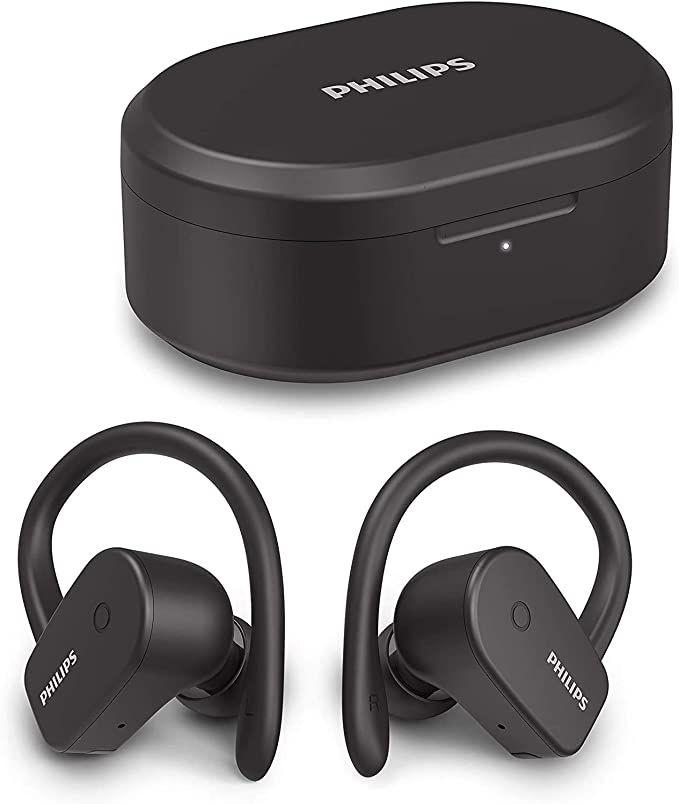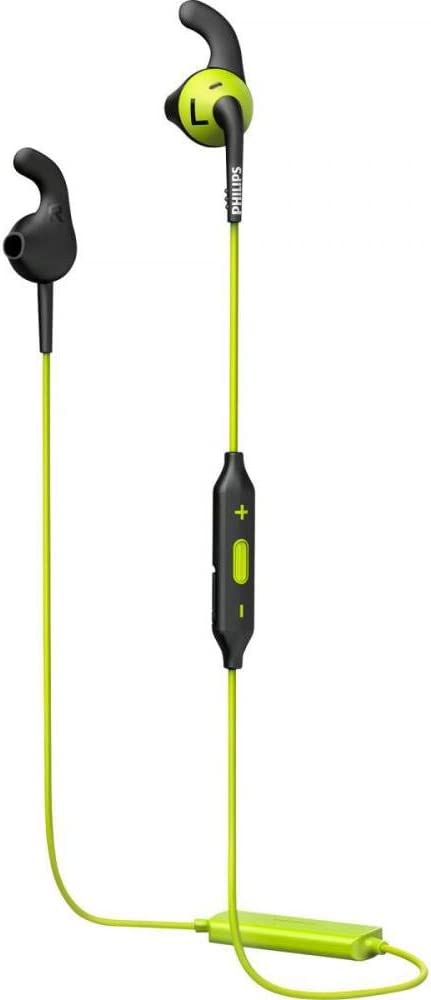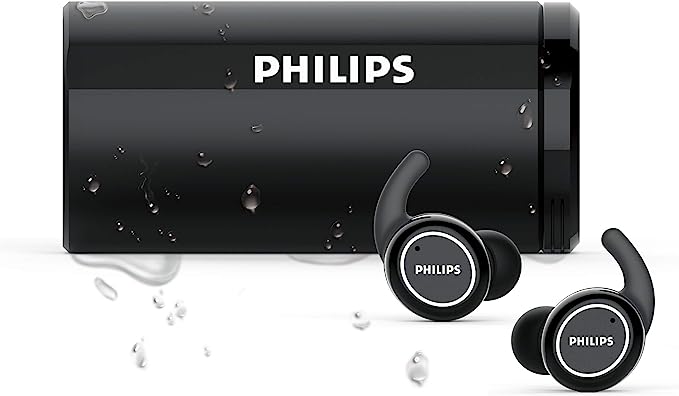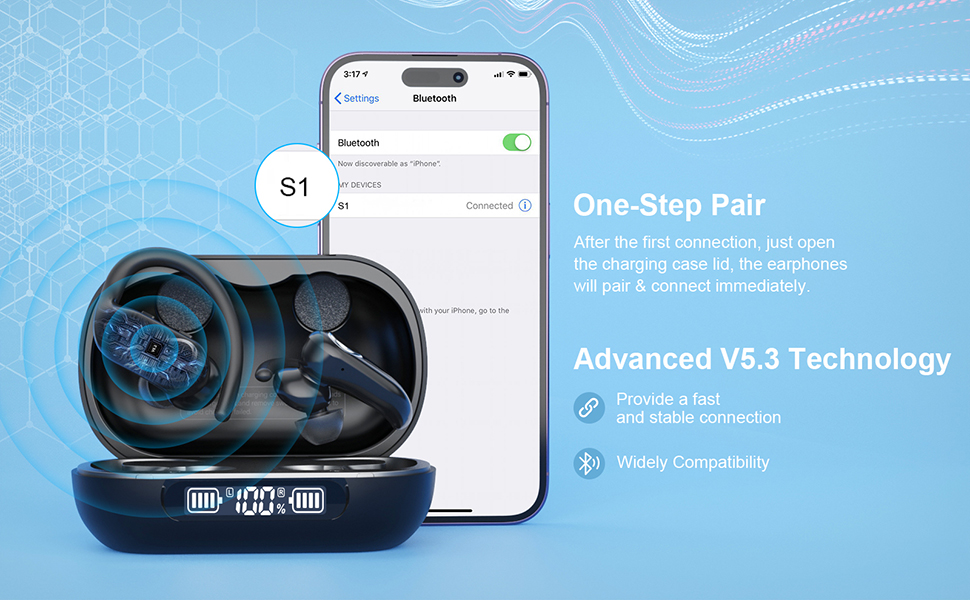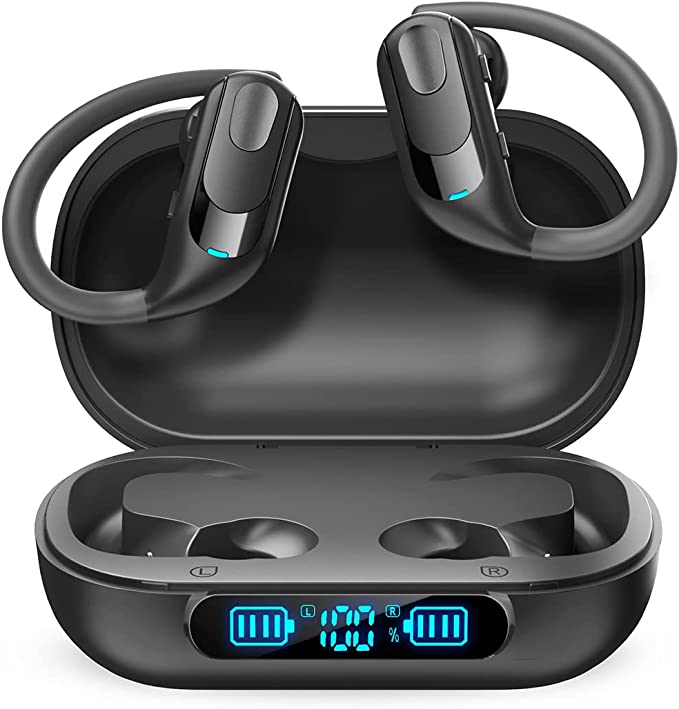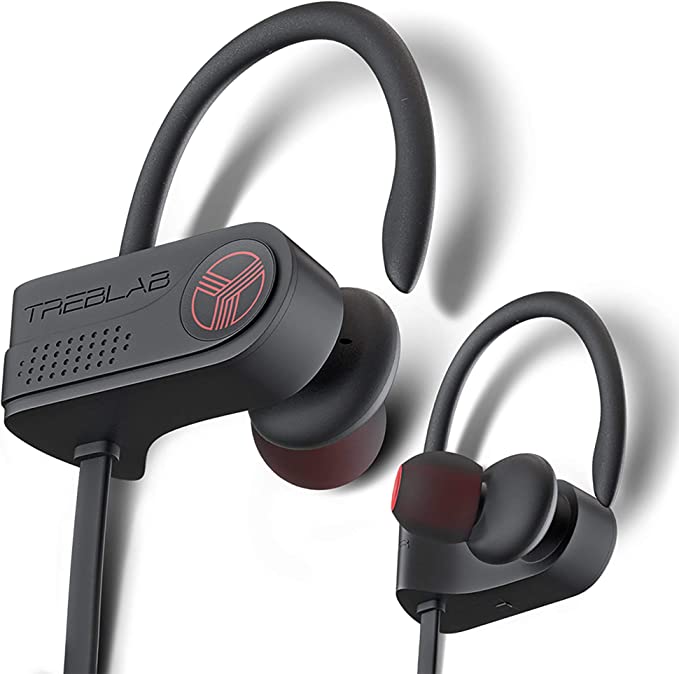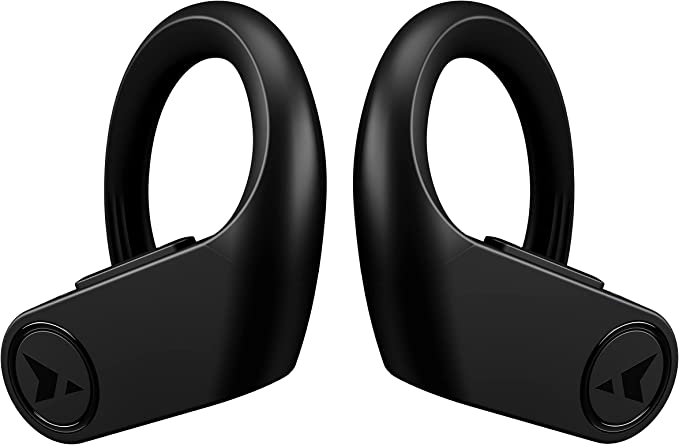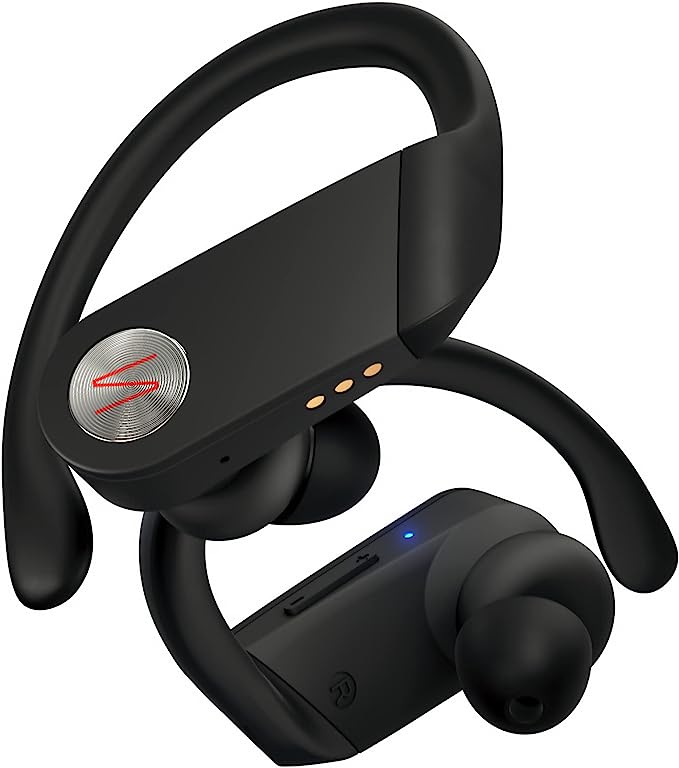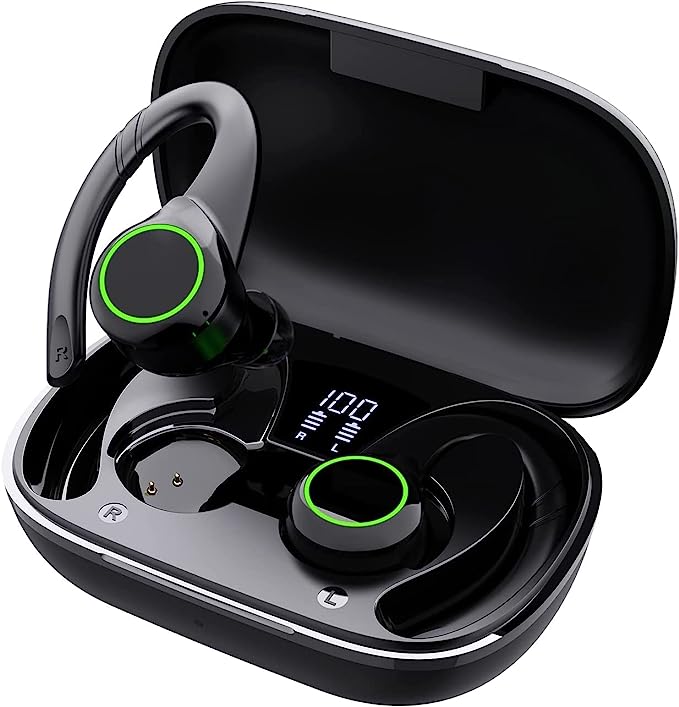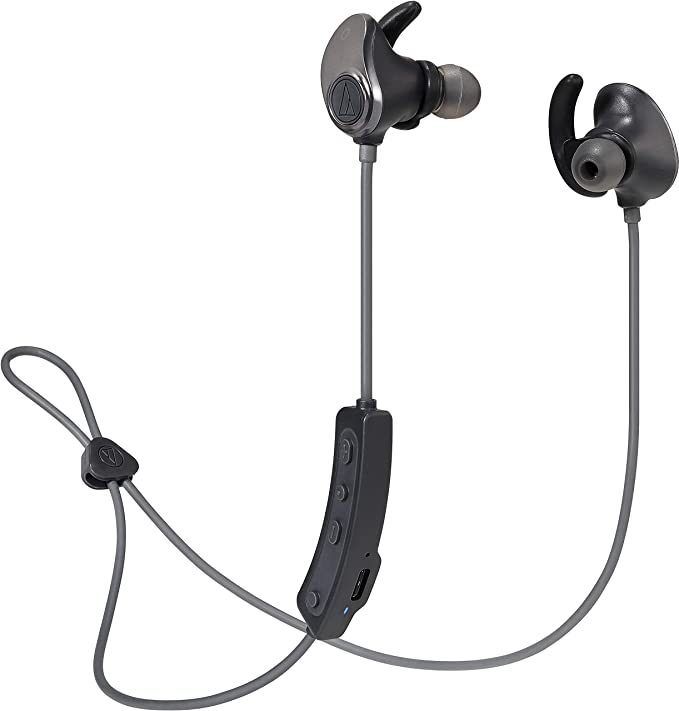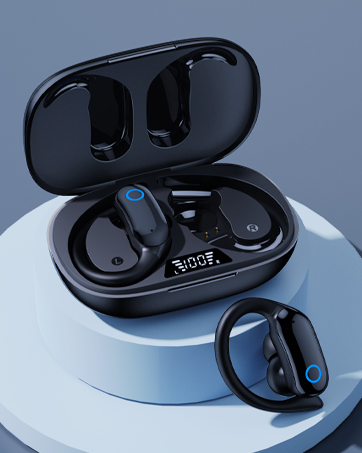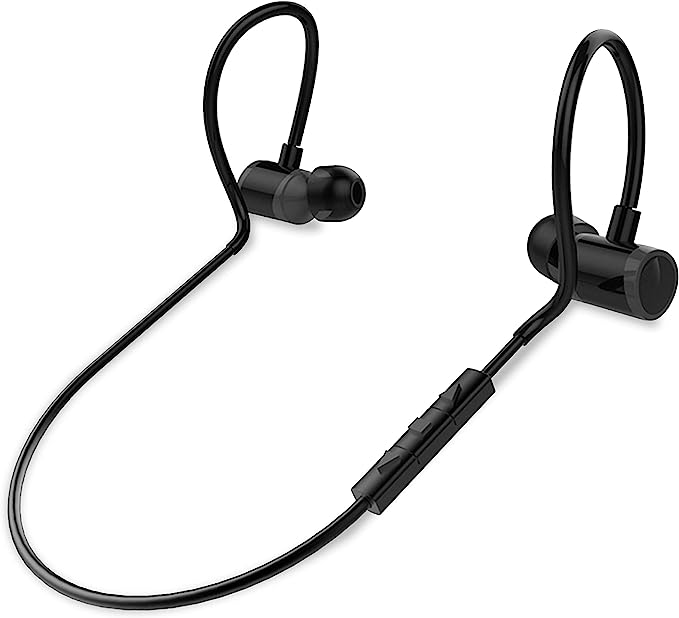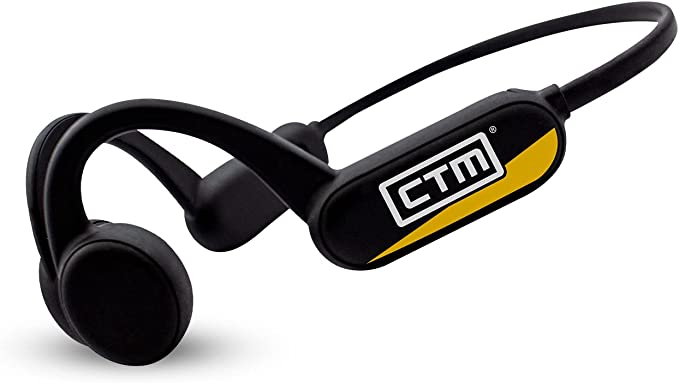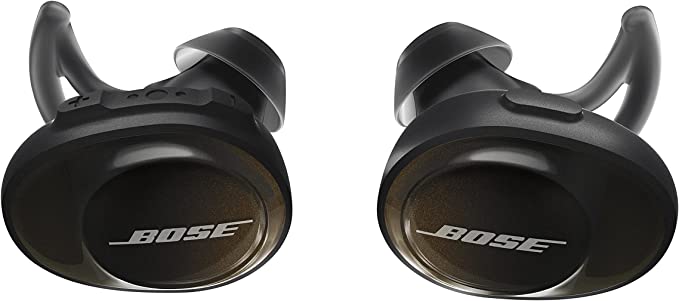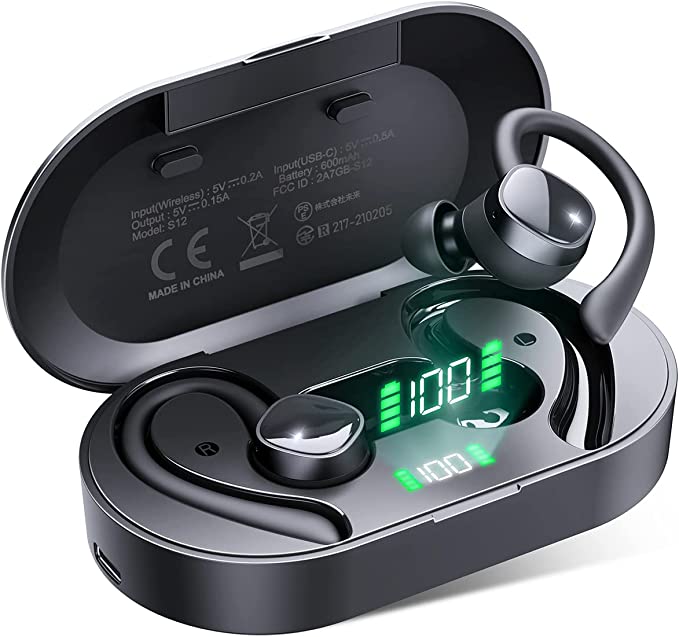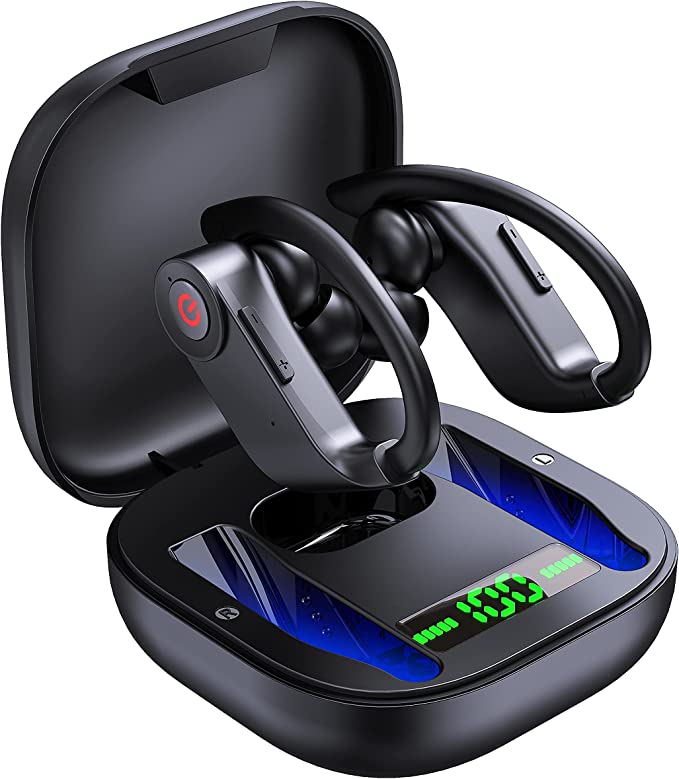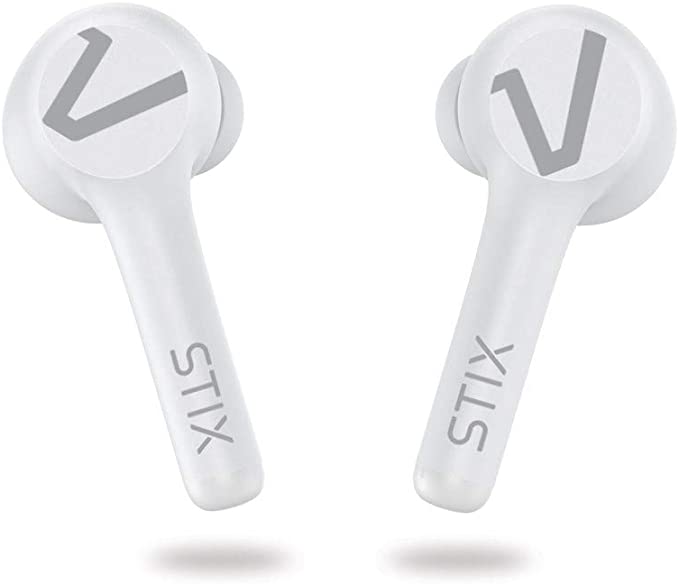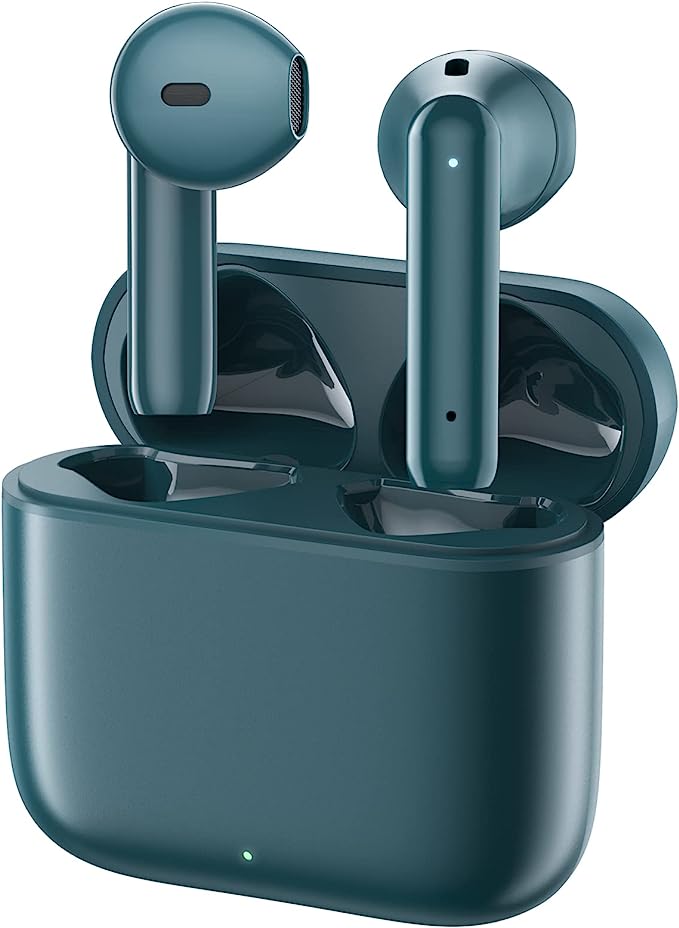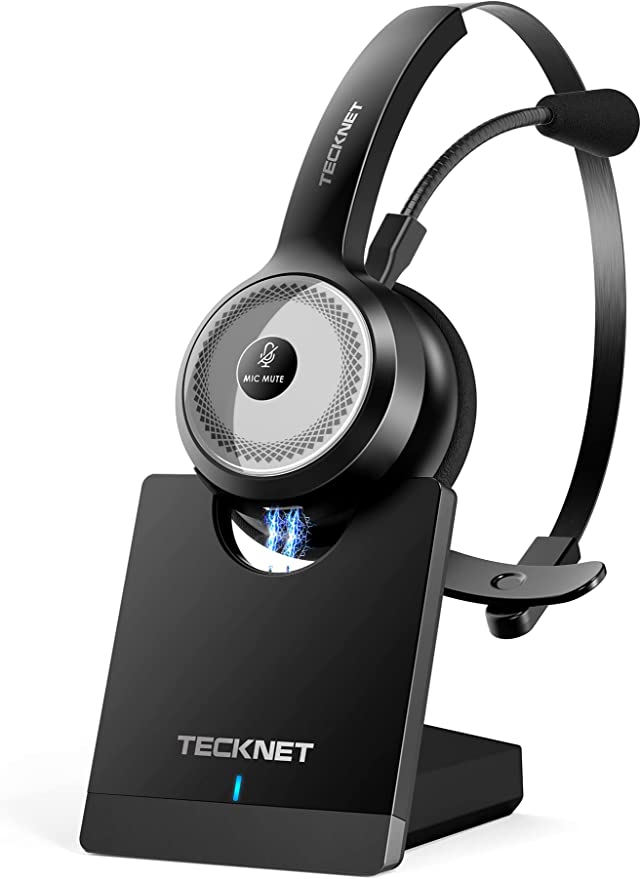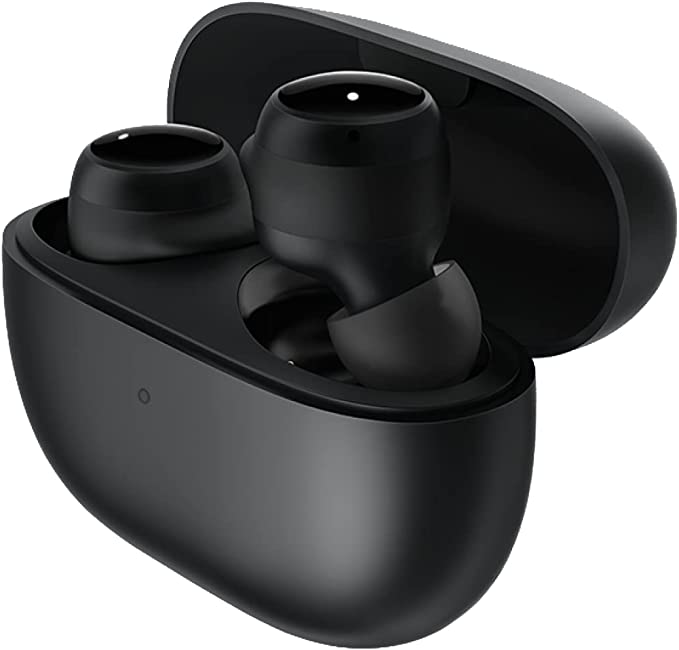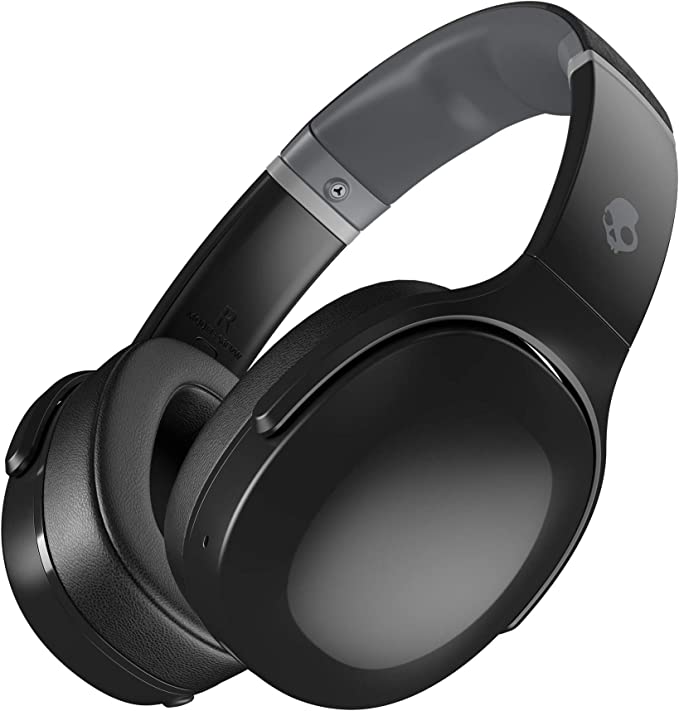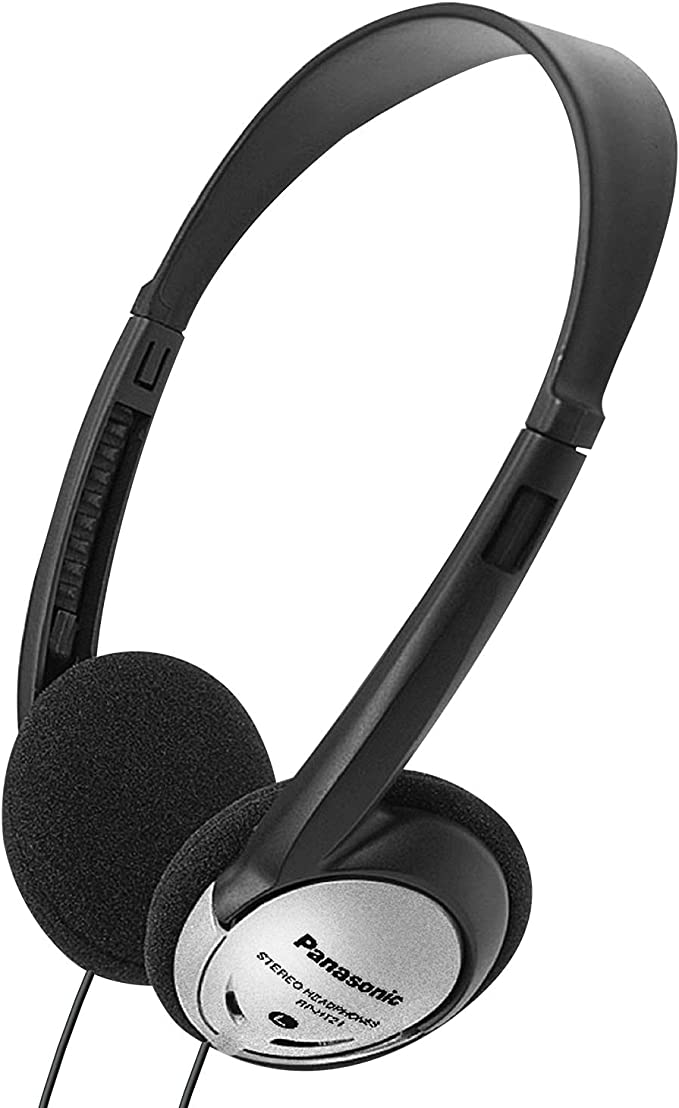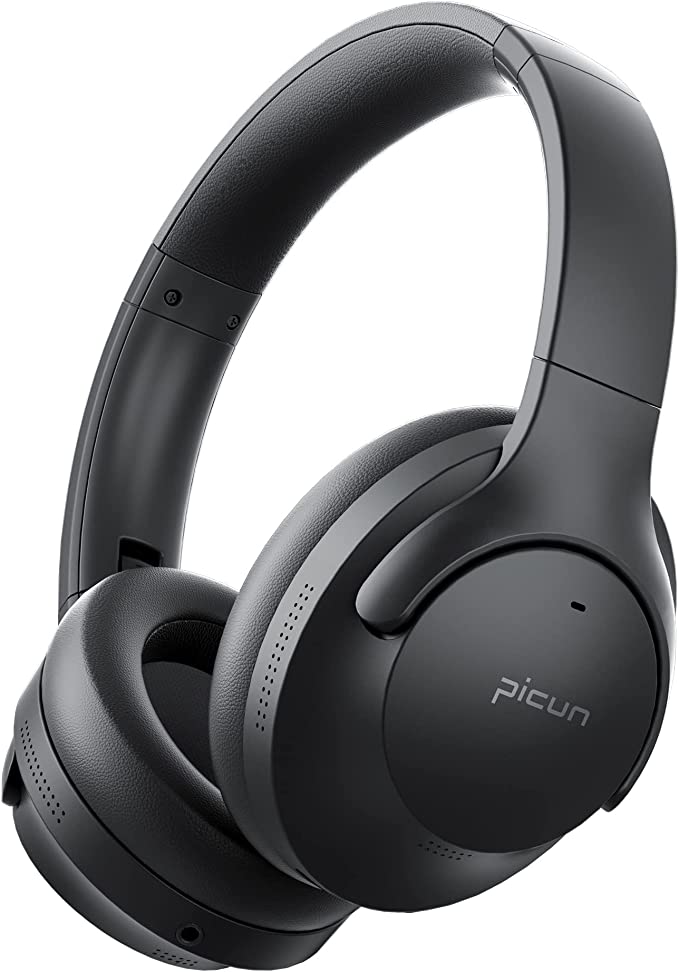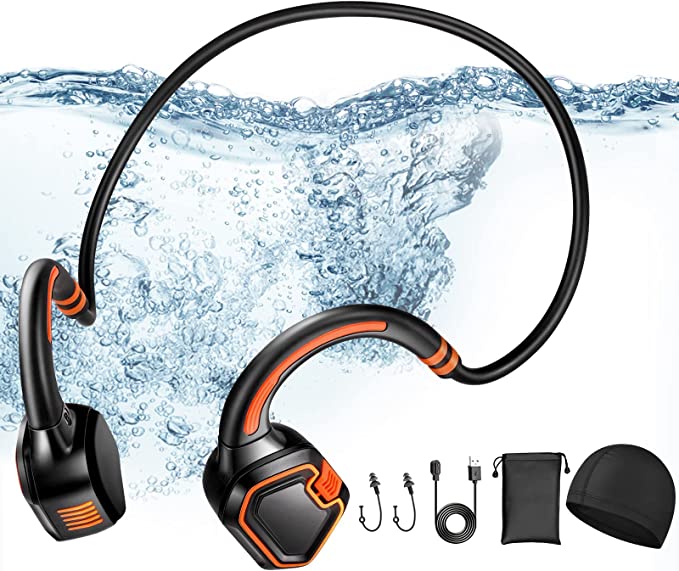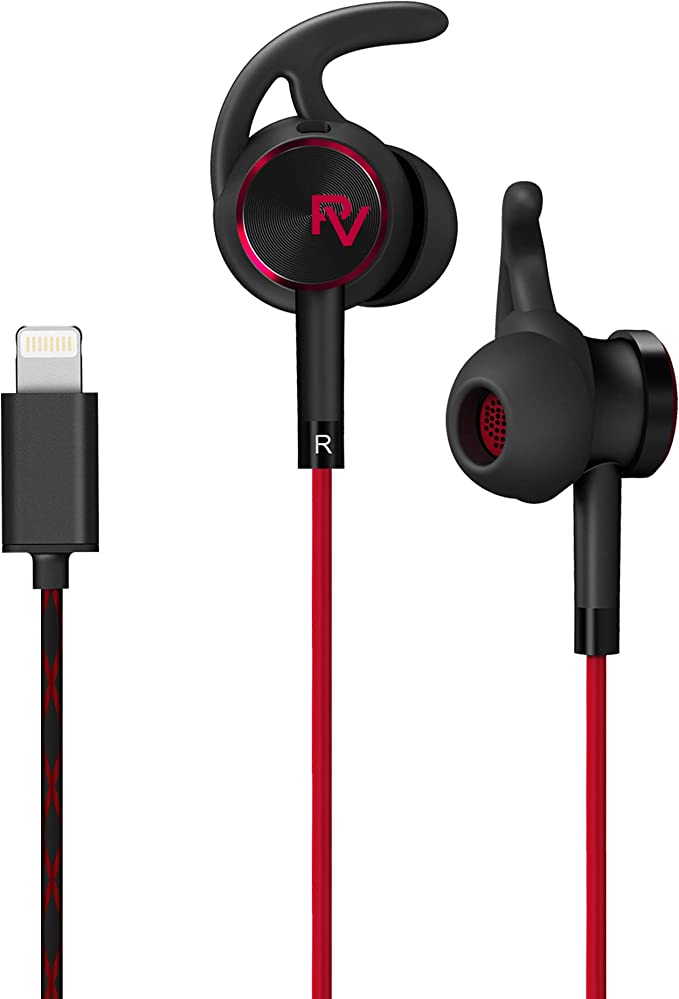Philips A3206 : Secure Fit & Open Sound for Active Lifestyles (IP57 Rated)
Update on April 13, 2025, 9:23 a.m.
The modern world of fitness is full of choices, and perhaps none more personal than the headphones that accompany us on our runs, rides, and workouts. We crave motivating soundtracks, but the demands of an active life throw unique challenges at our audio gear. How do you keep earbuds in place during vigorous movement? How do they survive the inevitable onslaught of sweat and unexpected downpours? Crucially, for those who exercise outdoors, how do you balance immersive audio with the non-negotiable need to stay aware of your surroundings?
The Philips A3206 Wireless Sports Headphones (TAA3206BK) represent one specific answer to this complex equation. They aren’t designed to be everything to everyone. Instead, they embody a clear design philosophy: prioritize a secure fit, robust durability, and, most notably, situational awareness, even if it means stepping away from the trend of total noise isolation. Let’s delve into the thinking and technology behind this approach, exploring how the A3206 aims to be a reliable partner for the aware athlete.

Staying Power: The Art and Science of a Secure Fit
There’s little more frustrating during a workout than an earbud dislodging itself mid-stride or mid-lift. It breaks your rhythm, forces you to stop, and can even lead to a lost or damaged earbud. Philips tackles this universal annoyance head-on with a flexible, two-pronged approach built into the A3206.
For lighter activities or users who prefer a less intrusive feel, the headphones come equipped with soft, flexible wing tips. Think of these as small, ergonomic fins designed to nestle comfortably within the curves of your outer ear (specifically, the concha). They work primarily through friction and by conforming to the unique geography of your ear, providing a baseline level of stability that’s often sufficient for moderate gym sessions or jogging.
But what about high-impact activities or those moments when you’re really pushing the intensity? That’s where the detachable ear hooks come into play. These hooks curve gracefully over the top and behind your ear, utilizing a fundamental principle of leverage. By anchoring the headphone to the solid structure of your pinna (the external part of your ear), they provide a much higher degree of resistance against the vertical and horizontal forces generated during running, jumping, or rapid head movements. The ability to add or remove these hooks gives you adaptability; you can choose the level of security that matches your workout intensity. Some user accounts also mention a small clip on the neckband cable, offering an extra point of fixation to clothing, potentially reducing cable bounce and downward pull – another small detail contributing to overall stability.
It’s worth noting, however, that ears are as unique as fingerprints. While this dual system offers versatility, achieving that perfect, unshakeable fit can still be subjective. Some users find the combination locks the A3206 in place flawlessly, while others, even with the hooks, might experience minor movement depending on their ear shape and the intensity of their activity. Finding the right combination and perhaps experimenting with the included ear tip sizes (though the source material doesn’t detail size options, it’s a standard practice) is key.

Hear Your World, Hear Your Run: The Open Acoustic Philosophy
In the pursuit of audio immersion, many modern headphones strive to create a sealed environment, blocking out the external world with noise isolation or active noise cancellation (ANC). While fantastic for focused listening on a commute or in an office, this approach can be actively dangerous for athletes exercising outdoors. Hearing approaching cars, cyclists, fellow runners, or even environmental cues like animal sounds is paramount for safety.
The Philips A3206 deliberately charts a different course with its open acoustic design. This isn’t a flaw; it’s a core feature born from prioritizing safety. Imagine the difference between a sealed, soundproof room and one with the windows open. Open acoustics work similarly to the latter. The earbud housing is intentionally designed not to create an airtight seal in your ear canal. It allows external, ambient sounds to naturally filter in and blend with your music.
What does this mean practically? When you’re running along a road, you’ll still hear the engine of a car coming up behind you. On a trail, you might hear a bike bell or another runner’s footsteps. This constant stream of low-level environmental information provides crucial situational awareness, acting almost like an auditory early warning system. For many athletes, particularly runners and cyclists sharing paths or roads, this isn’t just a preference; it’s a necessity. As some users explicitly state, if you dislike the ‘plugged-up’, pressure-in-the-ear feeling that comes with tightly sealed earbuds, the airy feel of an open design like the A3206’s can be a welcome relief.
The trade-off, of course, is inherent in the design. Because the system is open, it doesn’t block out external noise effectively. These are not the headphones for finding quiet solace in a noisy gym or on public transport. Furthermore, some sound from the headphones themselves might leak outwards, potentially audible to someone very close by in a quiet setting. This is the price paid for awareness.
Complementing the open acoustics is another safety-conscious detail: the reflective Kevlar cable. The neckband cable isn’t just a conduit for wires; it’s woven with reflective material. This utilizes the simple physics of light reflection – incoming light (like car headlights) bounces off the material, making you more visible to others in low-light conditions, such as dawn or dusk runs. The use of Kevlar itself speaks to durability. Kevlar is a synthetic aramid fiber known for its exceptional strength-to-weight ratio and resistance to stretching and abrasion. Incorporating it into the cable aims to enhance its longevity, making it better equipped to handle the pulls, snags, and general wear-and-tear that sports headphones often endure.

Weathering the Storm: Making Sense of IP57
Sweat is the athlete’s badge of honor, but it’s also the nemesis of delicate electronics. Rain, too, can halt an outdoor workout or ruin gear not built to withstand it. The A3206 confronts these environmental threats with a robust IP57 rating. But what do those letters and numbers actually signify?
“IP” stands for Ingress Protection, and it’s an international standard (IEC 60529) used to classify how well an electronic device’s enclosure protects against intrusion from solids (like dust) and liquids (like water). The two numbers following “IP” tell the specific story:
- The first digit (5): Dust Protection. A ‘5’ rating means the enclosure is “dust protected.” It’s not entirely sealed against dust ingress, but any dust that might get in won’t be enough to interfere with the satisfactory operation of the equipment. For headphones used outdoors or in potentially dusty gym environments, this offers a good level of protection against performance degradation due to particulate matter.
- The second digit (7): Water Protection. This is often the more critical number for sports headphones. A ‘7’ rating signifies protection against the effects of temporary immersion in water. The standard specifies testing conditions: immersion in up to 1 meter (about 3.3 feet) of water for 30 minutes.
Let’s translate this into real-world resilience. An IP57 rating means the Philips A3206 headphones are built to handle significant moisture. They are reliably sweat-proof, shrugging off even the most intense, perspiration-drenched workouts. They are rain-proof, meaning getting caught in a shower won’t spell disaster. Philips even suggests they can be rinsed under a tap for cleaning, a significant convenience. While you probably wouldn’t intentionally swim laps with them (higher ratings like IPX8 are typically needed for prolonged submersion), the IP57 rating provides substantial peace of mind against the common liquid hazards encountered during exercise. Think of it like having a high-quality, breathable rain jacket for your ears – protection without necessarily being a submarine suit.

Inside the Sound & Control: The Heartbeat and the Helm
While safety and stability are paramount, headphones still need to deliver on their primary function: sound. The A3206 employs 13.6mm neodymium drivers. Let’s break that down. The “13.6mm” refers to the diameter of the diaphragm, the part that vibrates to create sound waves. Generally, larger drivers have the potential to move more air, which can translate to fuller bass and a more dynamic sound, though driver size alone doesn’t guarantee quality – tuning is critical.
The “neodymium” part refers to the type of magnet used in the driver motor. Neodymium magnets are exceptionally strong for their size and weight compared to older ferrite magnets. This magnetic muscle allows the driver to be more efficient, responding quickly and accurately to the audio signal with less power. This often results in clearer sound reproduction across the frequency range and potentially better battery life (though, as we’ll discuss, specific battery performance for the A3206 isn’t provided). Philips describes the output as “inspirational sound” with “natural, balanced sound and deep bass,” aiming for a profile that motivates during exercise without necessarily catering to audiophile-level critical listening. The open design will also influence the final perceived sound, often leading to a more spacious, less ‘in-your-head’ presentation compared to sealed earbuds.
Controlling music and calls mid-workout without breaking stride is essential. The A3206 features integrated controls located on the earbuds/neckband module. These typically allow you to adjust volume, play/pause tracks, skip forward or backward, and answer or end calls using tactile buttons. A built-in microphone enables hands-free calling, a convenient feature for quick conversations without needing to reach for your phone. Some user reviews rate the microphone as “decent enough” for calls, suggesting functional, if not studio-quality, performance. The ability to wake your phone’s voice assistant (like Siri or Google Assistant) via the controls adds another layer of hands-free convenience.
The Wireless Link: Freedom and its Foibles
The liberation from tangled wires is one of the key appeals of modern headphones. The A3206 connects to your smartphone or other devices using Bluetooth technology. This wireless standard allows for freedom of movement, crucial whether you’re on a treadmill, lifting weights, or navigating a trail. Philips mentions “Instant Bluetooth Pairing,” suggesting an easy initial setup process.
However, wireless connectivity isn’t always flawless. Some user feedback for the A3206 indicates that while initial pairing might be straightforward for many, managing connections between multiple devices or troubleshooting pairing issues can occasionally be tricky. The specific steps mentioned by one user (disconnecting from the first device, turning off, then holding the button longer during power-on for pairing mode) suggest a process that might require a glance at the manual, especially for less tech-savvy users or complex multi-device setups. The stability of the Bluetooth connection itself during use wasn’t a major point of complaint in the provided reviews, but like all wireless tech, factors like distance from the source device, physical obstructions, and radio frequency interference can potentially impact performance. Key information like the specific Bluetooth version supported (which impacts range, stability, and power consumption) is unfortunately missing from the provided data.

The A3206 Equation: Finding Your Fit
So, what is the Philips A3206 TAA3206BK? It’s not trying to win the loudness war or create a silent bubble. Instead, it emerges as a purpose-built tool meticulously designed for a specific type of user and activity. Its identity lies in the deliberate balance it strikes: * Security: Offering adaptable fit options (wings and detachable hooks) to combat the common problem of earbuds falling out during exercise. * Awareness: Championing an open acoustic design that prioritizes hearing your surroundings for enhanced safety, especially outdoors. * Resilience: Boasting a robust IP57 rating that confidently handles sweat, rain, and dust. * Convenience: Providing wireless freedom with integrated controls for managing music and calls on the move.
This focus comes with inherent trade-offs. The open design means limited noise isolation and potential sound leakage. The fit, while versatile, might not be universally perfect for every ear shape. And crucially, based on the provided information, key specifications like battery life remain unknown, which is a significant factor in evaluating any wireless headphone. Furthermore, the product is listed as “currently unavailable” on the source page, limiting immediate purchase options.
Ultimately, the Philips A3206 represents a thoughtful design philosophy for athletes who value situational awareness and durability above all else. If you run or cycle in environments where hearing traffic is vital, if you sweat profusely or often exercise in the rain, and if you prefer not to feel completely sealed off from the world, the principles embodied by the A3206 are compelling. While this specific model may be hard to find currently, understanding its targeted approach – the equation it solves – can empower you to look for these specific characteristics when choosing your next pair of sports headphones, ensuring you find the gear that truly fits not just your ears, but your active life.
[//]:(version:20250412 001)
